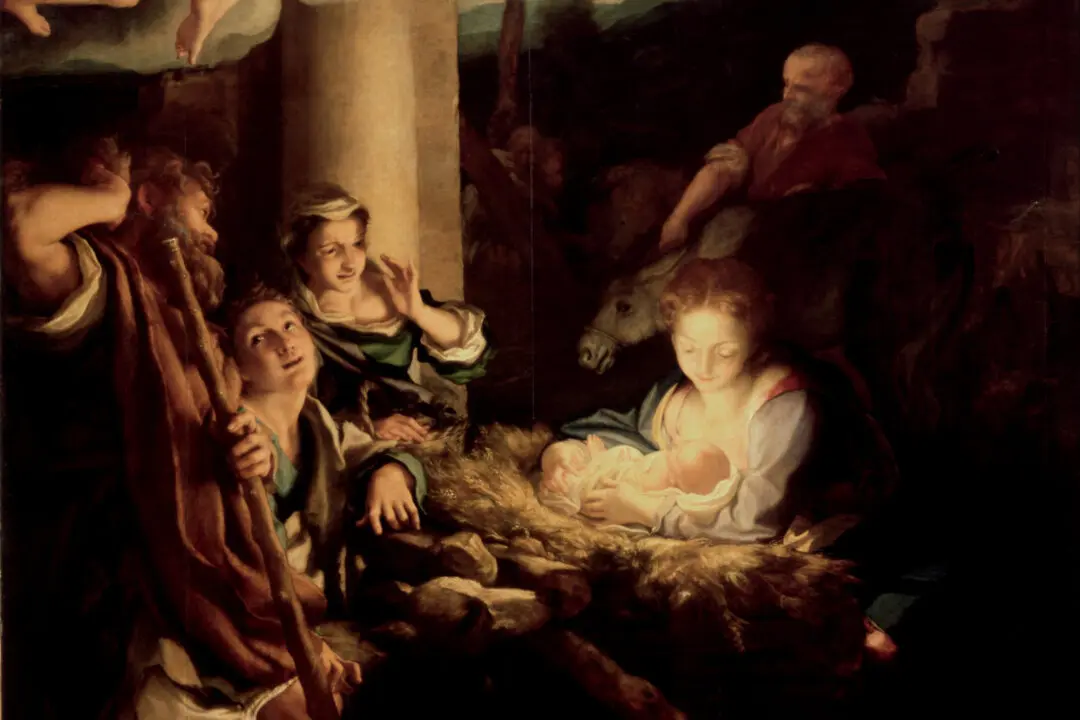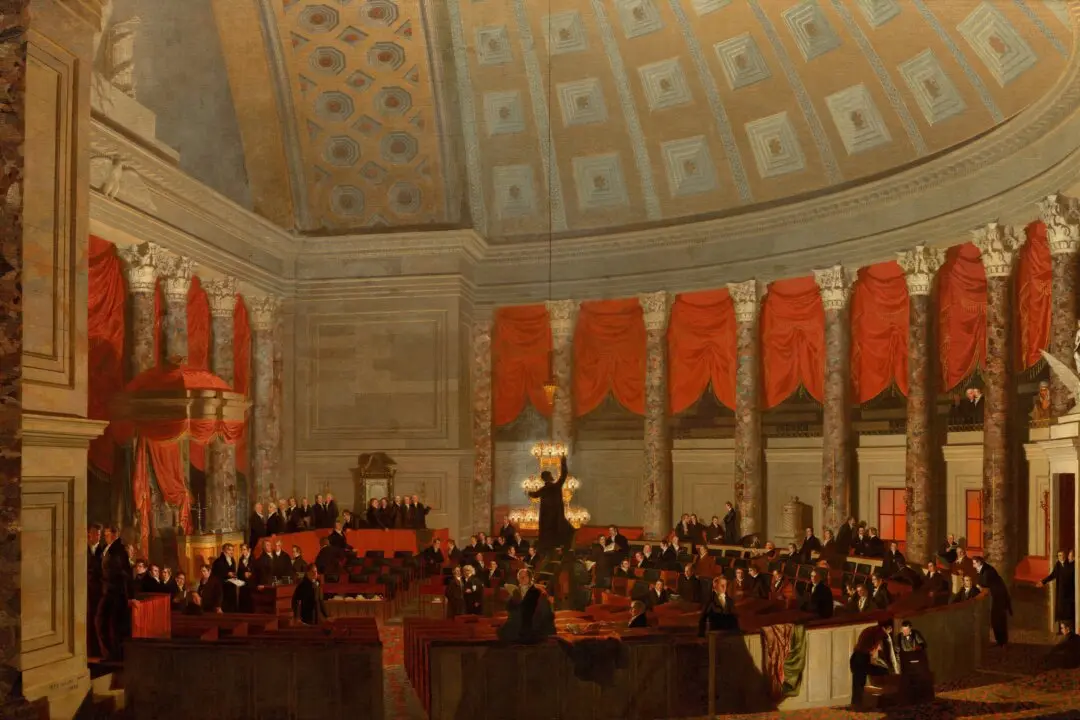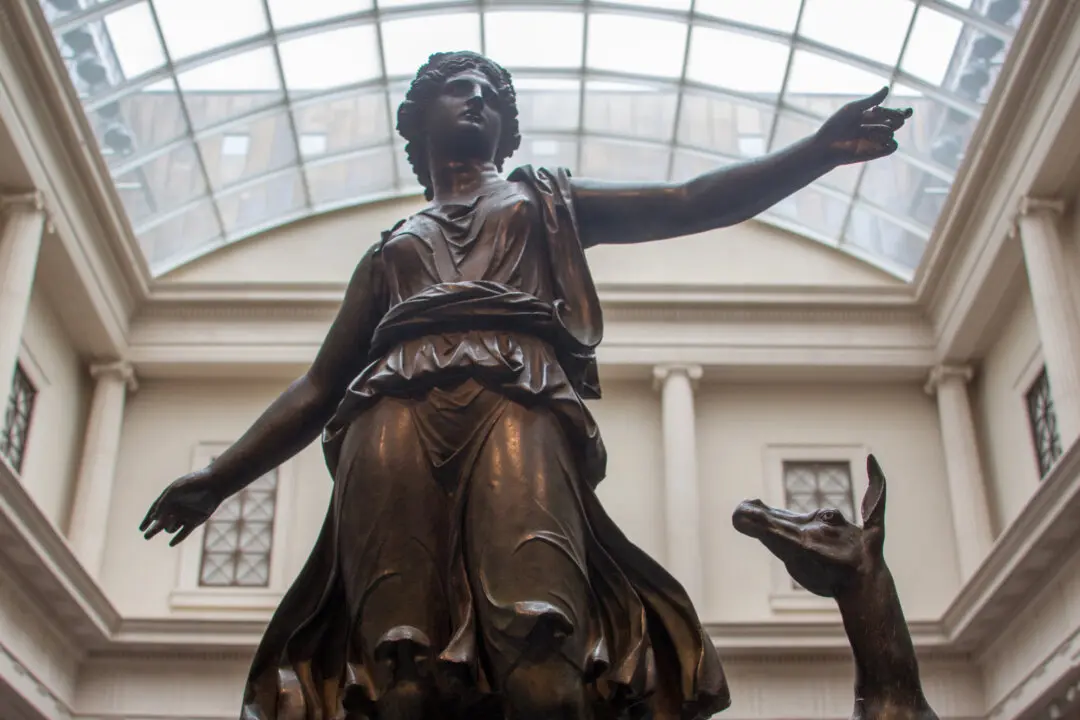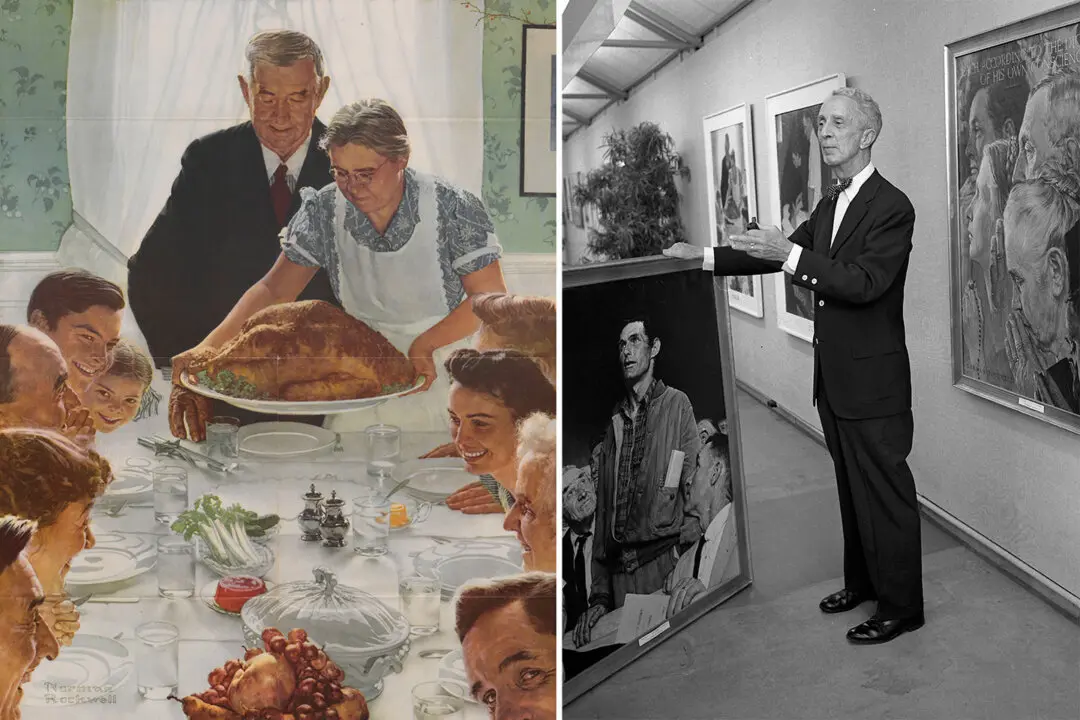Tens of thousands of years ago, though the exact date is disputed, dogs were domesticated by humans. Likewise, the depiction of canines in art has a rich history that runs the gamut. Dogs have made their appearances in early cave and rock paintings, ancient Greek ceramics, Roman mosaics, medieval tapestries and statues, and Old Master portraits.
In art history, the dog has signified a range of qualities, including loyalty, protection, power, strength, and intelligence, as well as, on the other paw, companionship. A canine-centric analysis, spanning French, Flemish, Dutch, and English artworks across the centuries, gives one a sense of the powerful, multifaceted symbolism of the image of the dog.





